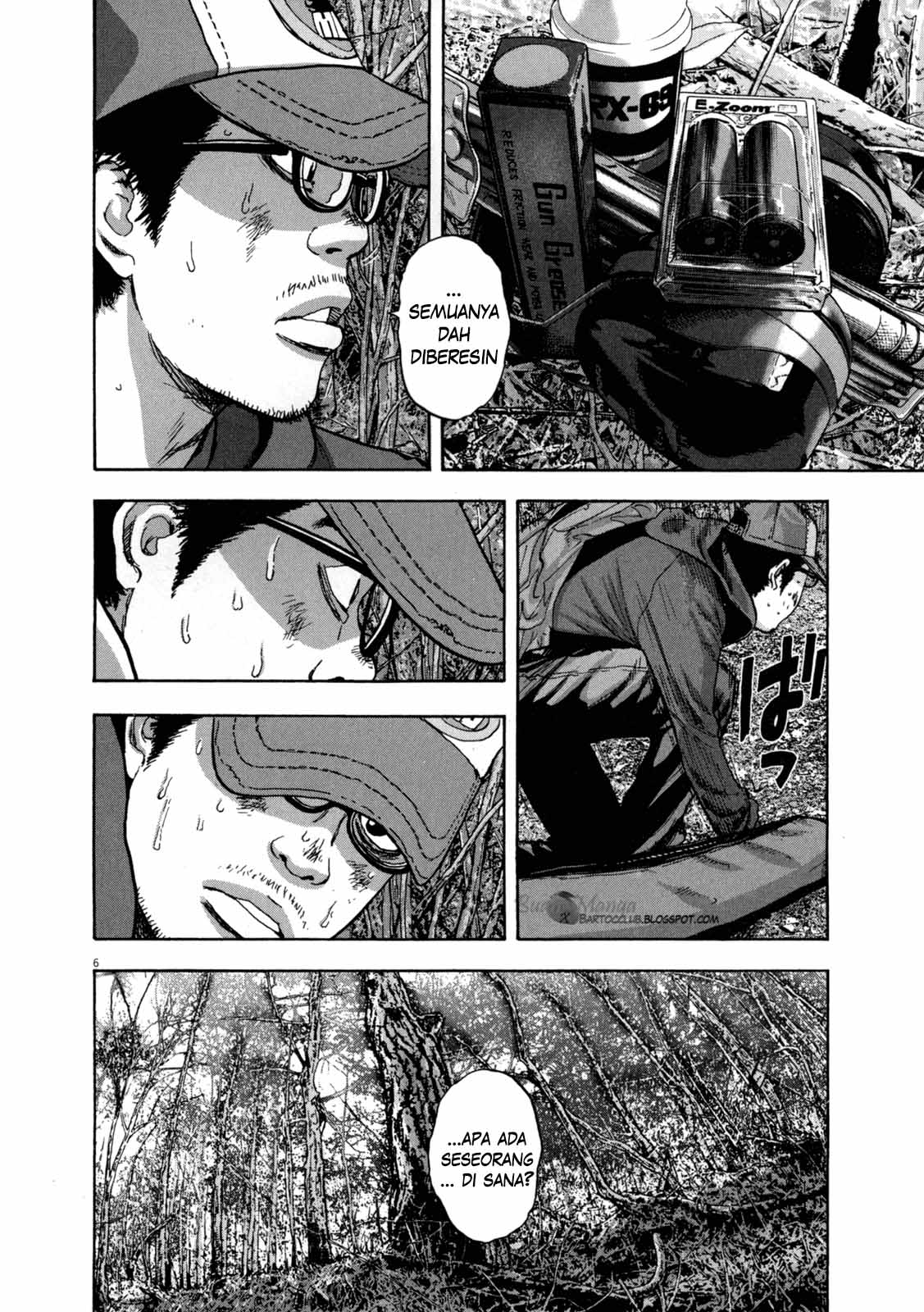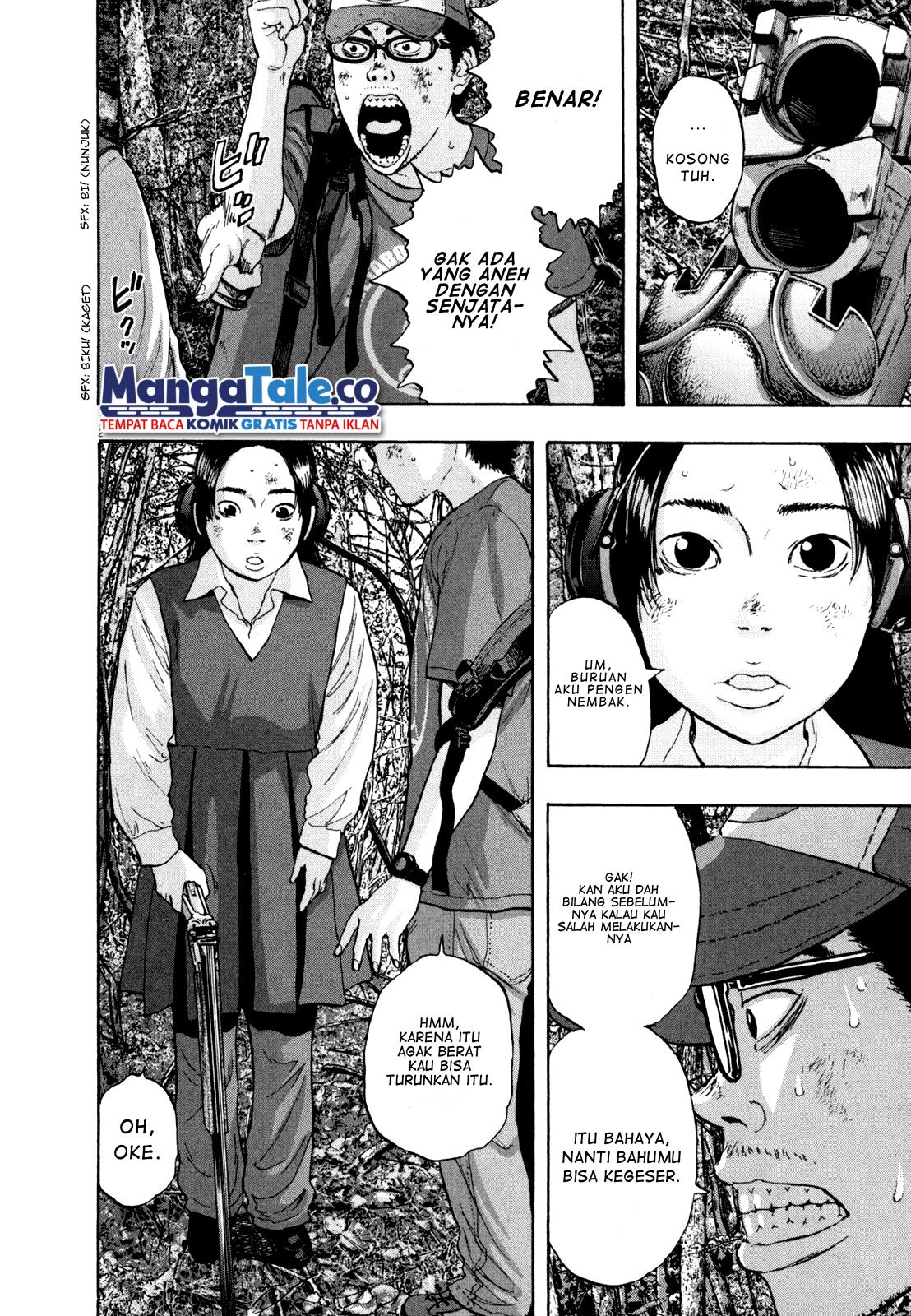
It’s wise, then, of Dark Horse to publish the series in an omnibus format of two volumes per book: the first gruesome attack doesn’t come until the very end of the first volume, and the shit doesn’t hit the fan until well into the second, after a disturbing, prolonged standoff.

Hanazawa seems largely unconcerned with doling out substantial plot advancement in each chapter, opting instead to pace the story like a traditional American horror film. I Am a Hero Interior Art by Kengo Hanazawa There is very little that is heroic about Hideo.

He works long hours, worries about his girlfriend’s fidelity and stews with jealousy over the success of fellow manga creators. Unlike Ito’s doomed protagonists, Hideo spends most of the first volume dimly unaware of the growing unease around him. Now, thanks to Dark Horse’s translations of Kengo Hanazawa’s I Am a Hero, a gruesomely worthy third option has finally hit American shores.įirst serialized in Japan in 2009, the Shogakukan Manga Award-winning I Am a Hero follows 35-year-old Hideo Suzuki, an introverted, paranoid manga assistant with obsessive safety rituals and an oddball imaginary friend. Body-horror maestro Junji Ito ( Uzumaki, Gyo) dominates, with gonzo punk icon Kazuo Umezu ( The Drifting Classroom) serving as a distant-second deep cut. Of all horror media, English-language manga stands out as a particularly malnourished field. For every It Follows or Harrow County, there’s a slew of forgettable also-stabs, and countless fear-free action outings that incorporate supernatural window dressing to attract hard-up horror junkies. Horror fans know the struggle: once you’ve exhausted the canon offerings in each medium-the classic films, novels and comics of the genre-worthwhile new releases become rarer than sexually active teens who survive slasher films.


 0 kommentar(er)
0 kommentar(er)
